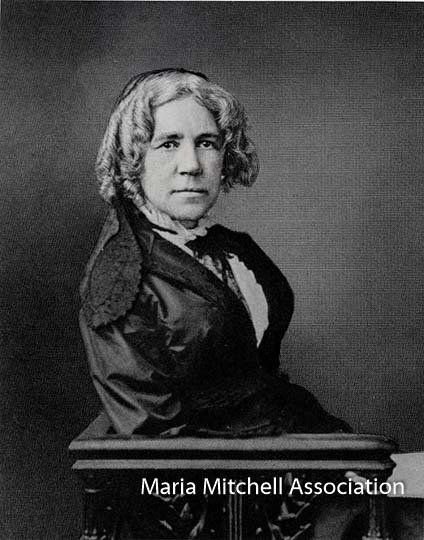Update: Conservation at the MMO
Conservation of historic buildings is a slow process. Much of it comes from trying to match the original materials so that we can make sure the conservation work is done properly, that it matches in color, and that it works with what exists. For example, painting latex paint over a lime-based paint: not a good idea. It is not historically accurate but also that latex is not going to adhere to the lime wash properly and at some point, you will have a mess that you are re-doing the right way.
In the case of the Maria Mitchell Vestal Street Observatory, the grout (cement) is very coarse. It’s full of small pebbles and broken pieces of stone (see image). The main dome was built in 1908 and the addition to the right of it was completed in 1922. When I joke that it looks like they went to the beach to make the grout mixture, I am not entirely sure it is a joke!
In any case, this is not something – the lime or this particular grout – that you buy off the shelf. The mason has to make it – match the color, the texture/coarseness, the pebble-like material and colors in it, the mixture. Thus, the amazing island mason, Wayne Morris – who has been working on this project and also did our conservation work at the MMA Research Center – has spent countless hours collecting stones and digging through stones he has in his masonry yard. Once he has a good amount and ones that match what is on the MMO, he pulverizes them to match the size of the pieces found in the existing grout on the building. He actually created a special tool to do this. Because, that’s how he works.
So, now that he has a good supply, he has been focused on the back side of the building dealing with the cracks and places that the grout has spalled and fallen out. He is now attending to the front of the building, thus more staging. Once those areas are dealt with, he will replace the iron lintels above the windows. These have rusted because of water getting in. They will be replaced with steel that will not rust, expand, and then cause cracking. He will also be addressing the “parapets” – rebuilding them where needed – and attending to the copper and the flat room on top of the 1922 addition.
JNLF
Recent Posts





